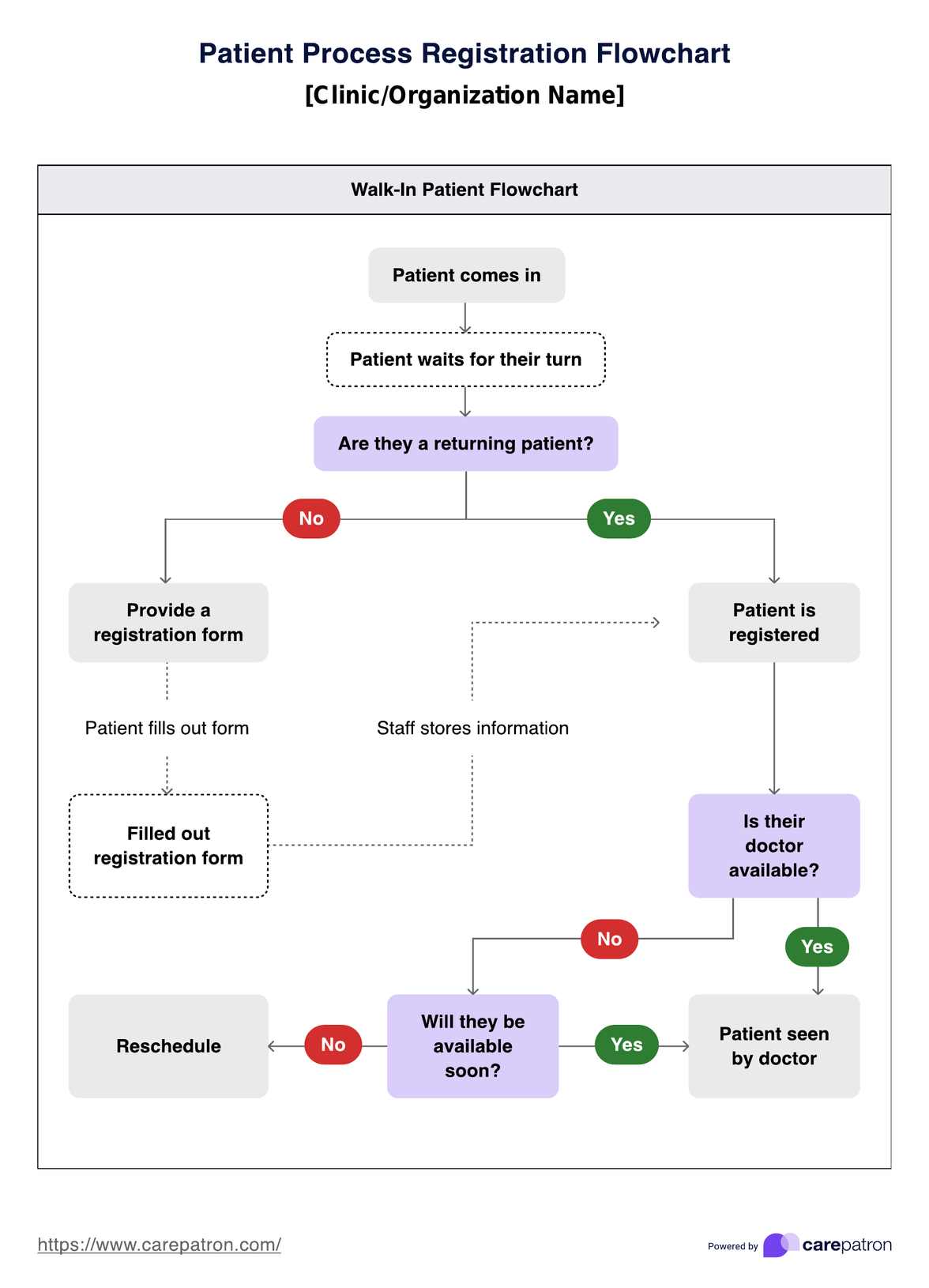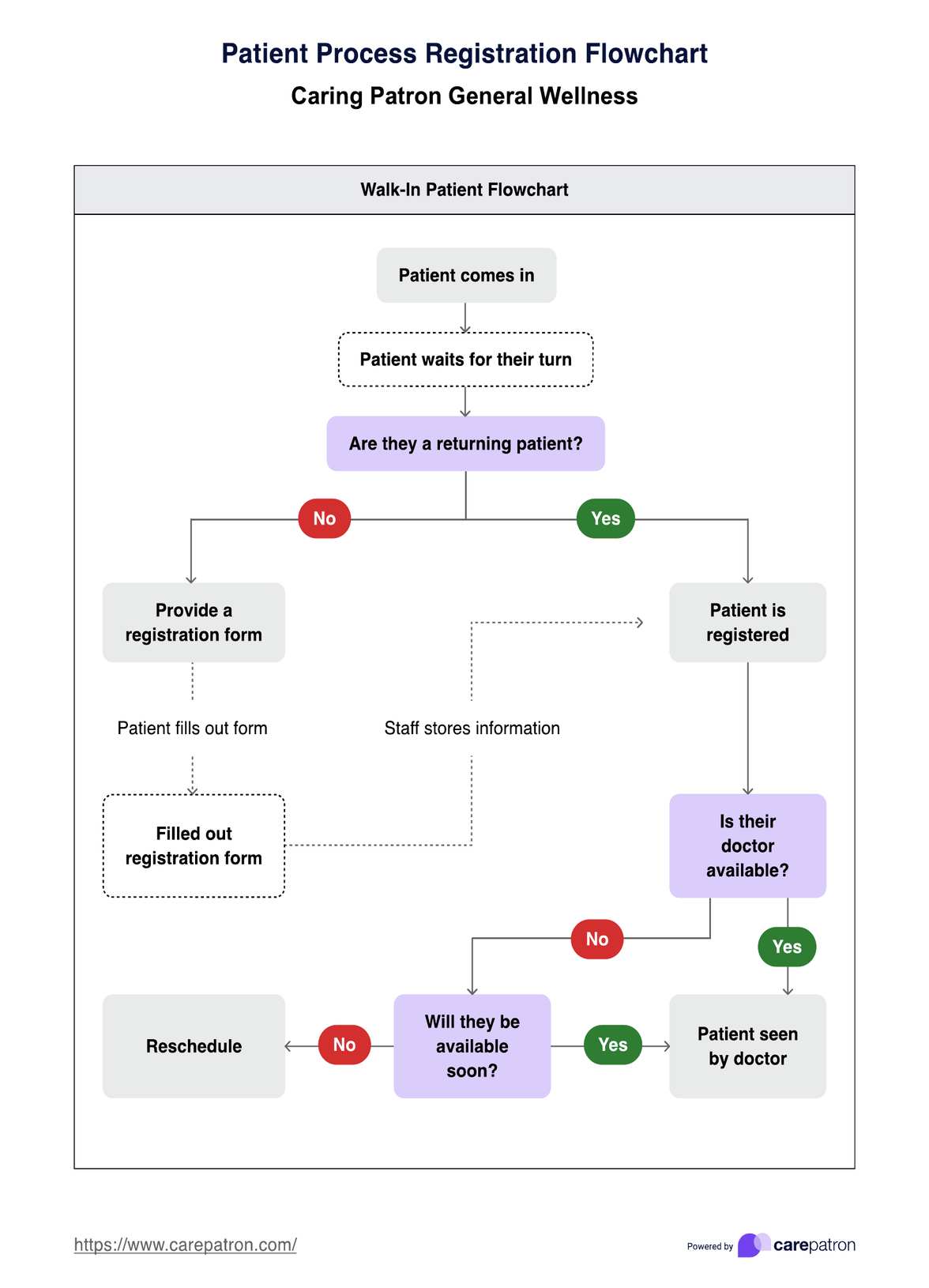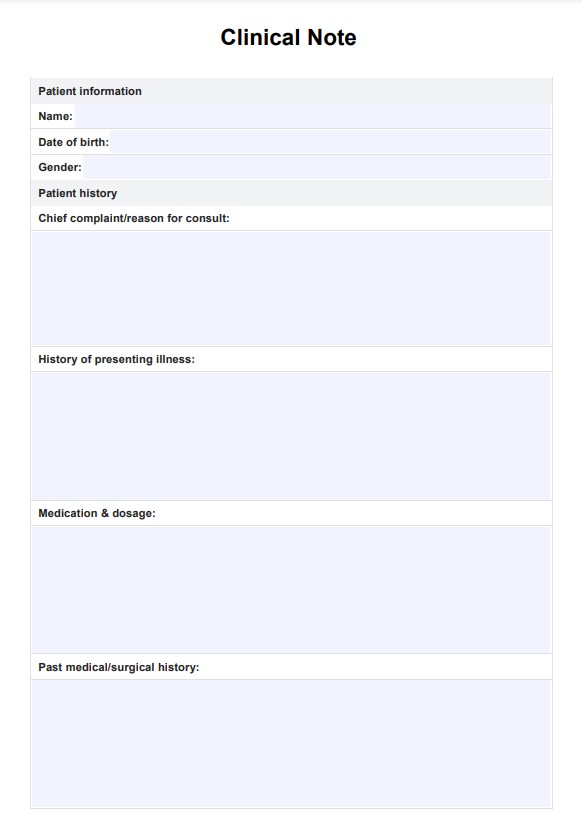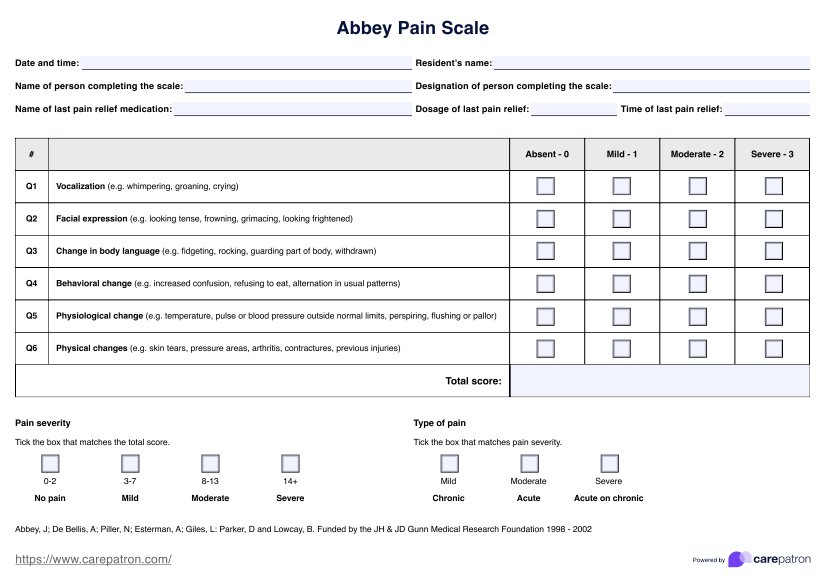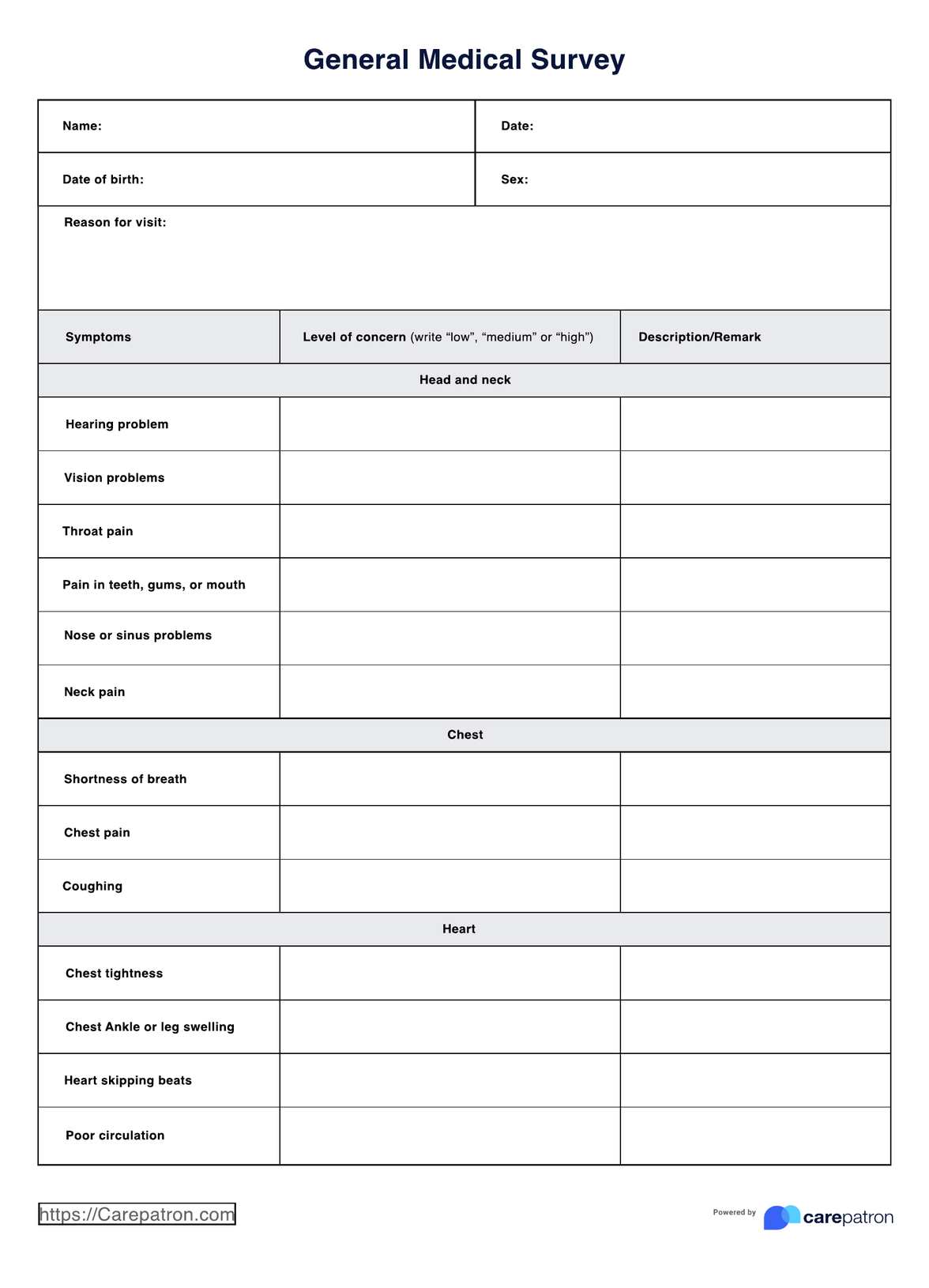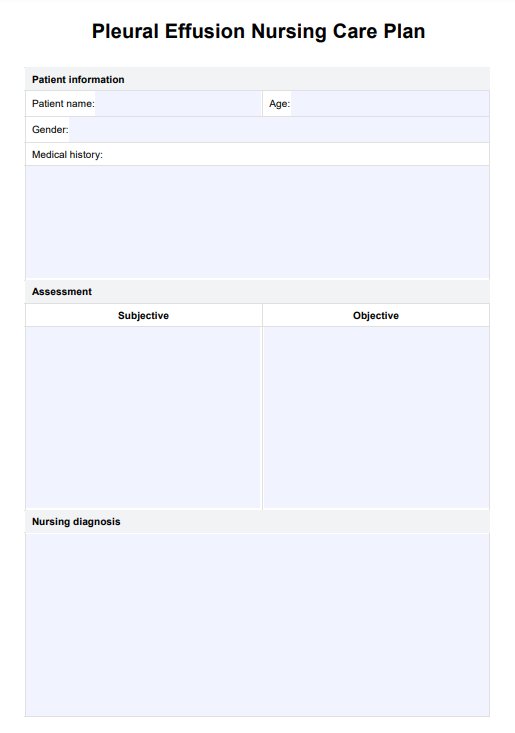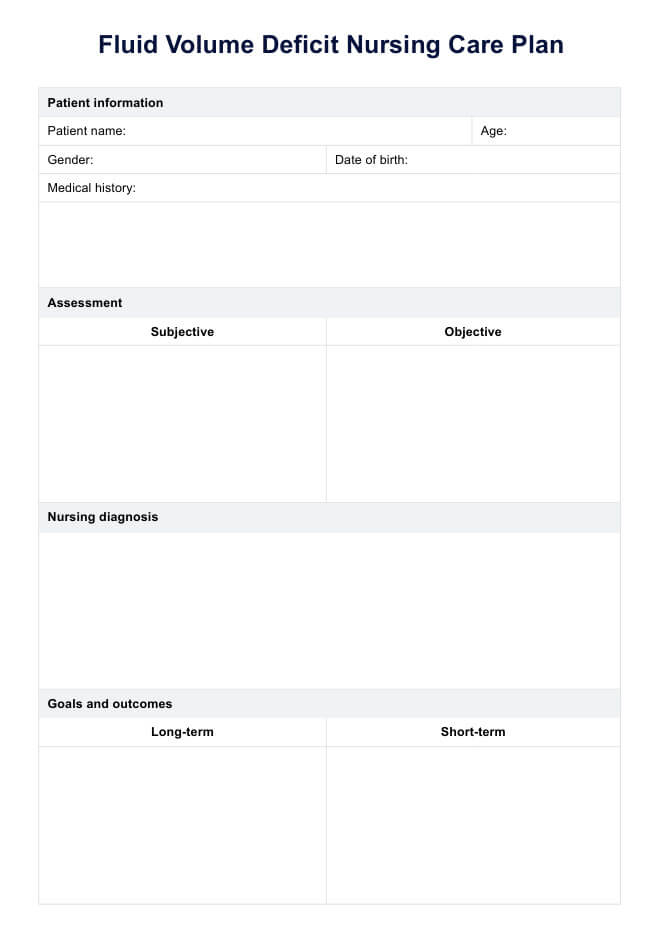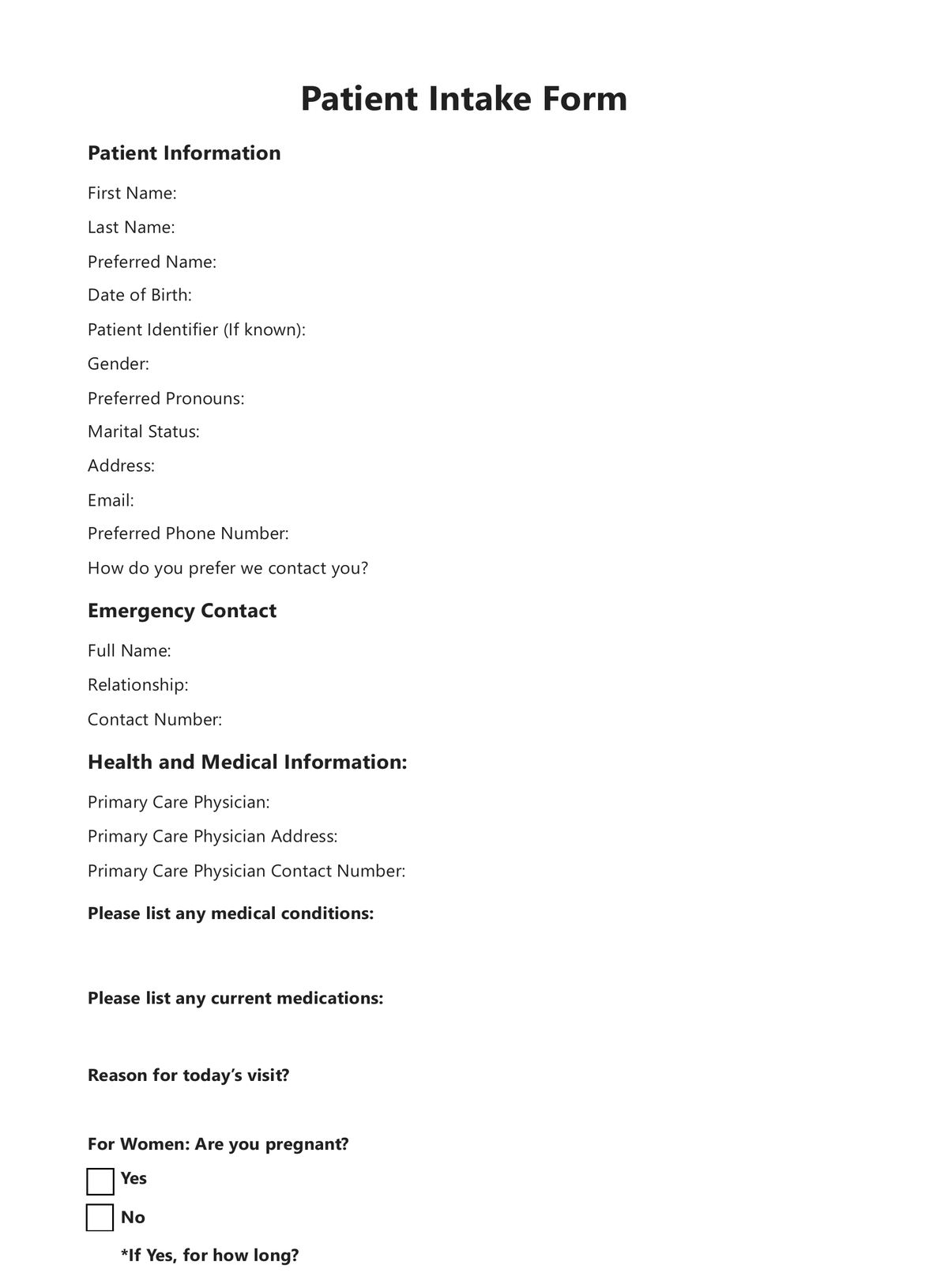Patient Registration Process Flowchart
Streamline your patient registration with our easy-to-follow flowchart template, designed for healthcare professionals to enhance efficiency and patient care.


What is the purpose of patient registration?
Patient registration is a crucial first step in the healthcare management process, aimed at collecting comprehensive patient information to ensure effective service delivery. This foundational task is vital for several reasons: it guarantees healthcare providers access to accurate details needed for appropriate care, supports the smooth operation of billing and insurance claims, and maintains a reliable record for future healthcare interactions.
Beyond ensuring clinical efficiency, a well-organized patient registration process significantly impacts the financial health of a healthcare practice. By capturing accurate and complete patient data from the outset, the facility can reduce the likelihood of billing errors, which are often costly and time-consuming to correct. This accuracy helps in maximizing reimbursements from insurance providers and reduces the delays often associated with insurance claims.
Moreover, efficient patient registration enhances patient satisfaction by minimizing wait times and administrative burdens, leading to a better overall patient experience. This, in turn, can lead to increased patient retention and more positive reviews, both of which are crucial for the business growth and reputation of the healthcare practice.
Patient Registration Process Flowchart Template
Patient Registration Process Flowchart Example
What is the patient registration process?
Patient registration is essential for efficient healthcare delivery, involving comprehensive data collection to ensure proper service provision. This initial step is crucial not only for clinical accuracy but also for facilitating billing and insurance processes, thereby sustaining the financial health of healthcare practices.
An efficient patient registration system can significantly reduce billing errors, increase the speed of insurance claims, and enhance patient satisfaction by reducing wait times and administrative hassles. These improvements contribute directly to a healthcare facility's profitability by enhancing operational efficiencies and patient retention, crucial factors for a practice's growth and reputation.
What is a Patient Registration Process Flowchart?
A Patient Registration Process Flowchart is a visual representation of the steps involved in registering a new patient at a healthcare facility. It serves as a structured guide to streamline the registration process, ensuring that all necessary information is collected efficiently and accurately. This flowchart is particularly valuable as a training resource for new or temporary staff, helping them understand the sequence of actions required during patient intake.
By depicting each step in the registration process—from initial patient contact, to their appointment with the doctor, to the final entry of their data into the healthcare system—the patient flowchart helps prevent omissions and errors. It ensures consistency in handling patient information, which is crucial for both medical accuracy and billing purposes.
Additionally, having a well-documented process in place can speed up training and enhance the competency of staff, which directly contributes to smoother patient experiences and more organized administrative operations.
How does our Patient Registration Process Flowchart work?
Our Patient Registration Process Flowchart simplifies the procedure of registering patients, whether new or returning, in both digital and physical formats. By visualizing the steps required, this tool supports healthcare professionals in maintaining accuracy and efficiency throughout the process.
Step 1: Access this template
Healthcare professionals can easily access the flowchart template through our Carepatron app or download it from the Resource Library for in-office use. It is available in various formats suitable for printing or viewing on digital devices, allowing staff to use the format that best suits their needs. You can customize it on the app, too.
Step 2: Explain the template
It's crucial for supervisors or experienced staff to explain the flowchart to new or temporary employees. This explanation should cover each step of the process, detailing what information needs to be collected, the order of operations, and any special considerations or common issues that might arise during patient registration.
Step 3: Implement the flowchart in daily operations
Once the staff is familiar with the flowchart, it should be integrated into the daily operations of the healthcare facility. Keeping a physical copy posted in registration areas or easily accessible in digital format on devices used during registration can help staff reference it quickly as they work.
Step 4: Keep a copy handy
Ensure that copies of the flowchart are readily available at all registration points. Like other diagrams in your hospital or practice, you can pin it to the wall as a quick reference guide or store it as a shortcut on desktops and tablets. Having the flowchart at hand can significantly speed up the training of new staff and serve as a quick refresher for existing employees.
By following these steps, healthcare facilities can streamline their patient registration process, reduce errors, and improve the overall efficiency of patient intake, leading to better patient satisfaction and smoother administrative procedures.
Benefits of using our flowchart
Integrating the Patient Registration Process Flowchart into your healthcare practice offers several advantages that can streamline operations and enhance patient satisfaction:
- Enhances staff training and consistency: Provides a visual guide for training, ensuring that all staff members follow uniform procedures.
- Improves patient experience: Streamlines the registration process, reducing wait times and improving service efficiency.
- Supports data accuracy: Systematizes patient data collection and entry, enhancing treatment planning and administration accuracy.
- Reduces administrative burdens: Minimizes errors and administrative tasks, freeing up staff to focus more on patient care.
- Facilitates compliance and reporting: Aids maintains regulatory compliance and simplifies reporting, helping avoid legal issues.
All in all, using our template can help you significantly improve operational efficiency and patient satisfaction, making your practice more profitable.
How to have a more efficient patient registration process
To achieve a more efficient patient registration process, healthcare providers can consider the following strategies:
Streamline forms and documentation
Minimizing the complexity of forms and the number of documents required during registration can significantly speed up the process. Consider digital forms that patients can fill out ahead of time or upon arrival via tablets.
Utilize automated check-in systems
Automated systems, such as kiosks, can expedite the check-in process, allowing patients to verify personal information, update medical histories, and acknowledge privacy practices without needing direct staff interaction.
Train staff regularly
Ensure that all staff members are well-trained in the registration process. Regular training sessions can help maintain high standards and introduce new team members to your clinic’s procedures efficiently.
Optimize workflow
Regularly assess and optimize the workflow of your registration process. This might include rearranging the physical space for better flow or updating software and hardware to support faster data entry and retrieval.
Implement online registration systems
Allow patients to register online before their appointments. This reduces the time spent filling out paperwork in the office and allows staff to prepare for the patient's visit in advance.
Implementing these strategies can lead to a smoother, quicker patient registration process, enhancing overall patient satisfaction and allowing healthcare providers to manage their workload more effectively.
And speaking of online registrations and online appointment scheduling, Carepatron has those features—and more. Stay tuned if you want to learn more!
Commonly asked questions
The patient registration process involves collecting essential personal and medical information from patients when they first visit a clinic, hospital, or any healthcare facility. This data helps create a medical record that aids in the management of their care.
A registration flow chart is a visual diagram that outlines the steps involved in the patient registration process, serving as a guide for healthcare professionals to efficiently manage patient intake and data collection.
Patient registration is crucial in hospitals as it ensures accurate patient identification, facilitates billing, helps in maintaining medical records, and is critical for scheduling and tracking patient care.


